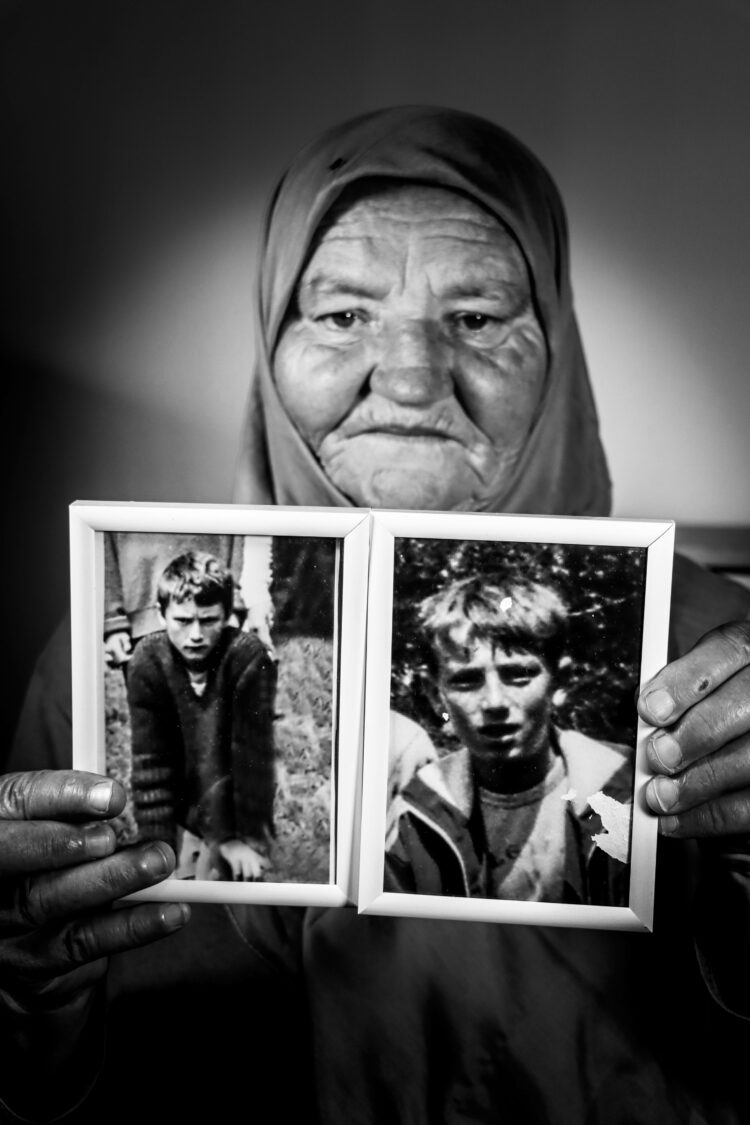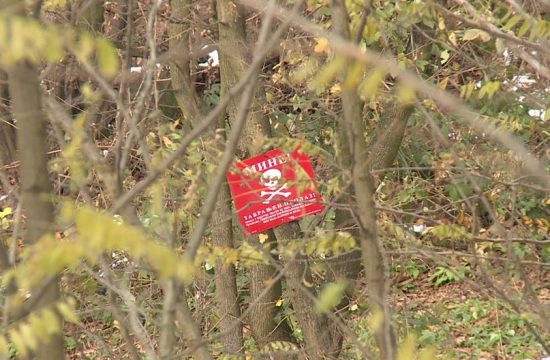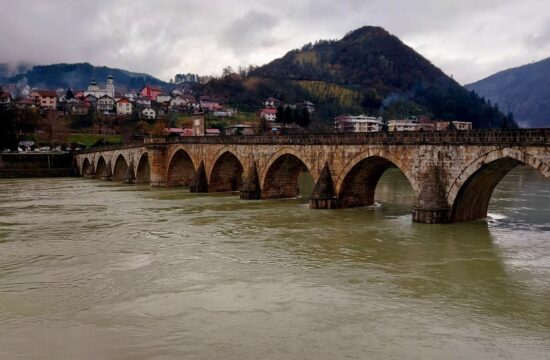
Saliha had lost her family in Srebrenica mass killings in July 1995 and lived as a refugee for years. Now she has returned to her eastern Bosnian village and shared her story to remind of the horrors that thousands went through in that part of the country during the 1992-95 war.
Personal stories narrated in video and written testimonies is part of a project by the Srebrenica Memorial Centre, launched ahead of the 25th anniversary of Srebrenica genocide.
The ‘12 days of memory: 6-7-1995.-17.7.1995’ project is aimed to draw closer to the audience the circumstances under which the genocide in Srebrenica happened, through the stories of those who had experienced it.
“What we want to do is to make the stories about the facts on the genocide in Srebrenica last longer than one day in a year. It is our task to educate the public, to share information, encourage the research and to start a dialogue. This is why these projects are an important step towards the fulfilment of the Memorial Centre's mission,” said Hasan Hasanovic, the Memorial Centre curator.
The first day in the project will focus on the testimonies of women as victims, witnesses, close relatives of those who were killed but also as activists fighting for the truth about Srebrenica genocide.
“When you hear about the genocide in Srebrenica, you often hear over 8,000 killed Bosniak men and boys. In all that story, one misses the fact that many women and girls were killed in the genocide, that many of them survived escaping via the Death March route,” said Ahmedin Djozic, who assembled the videos that will be shown within this project.
Saliha Osmanovic is one of those women. She had first experienced the horrors of war when her son was killed in shelling, in July 1995. From that moment on, an array of misfortunate events unfolded before her.
Watch Saliha's and other women's stories in the videos below:



